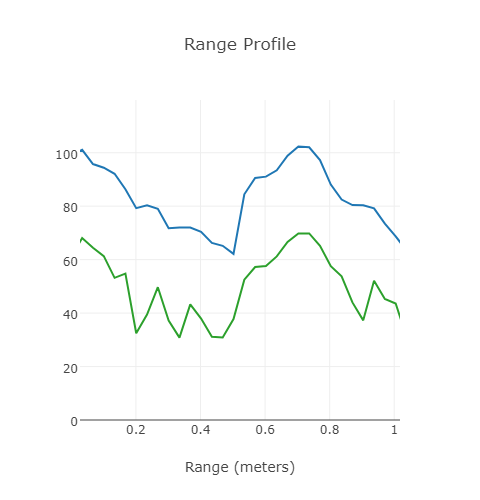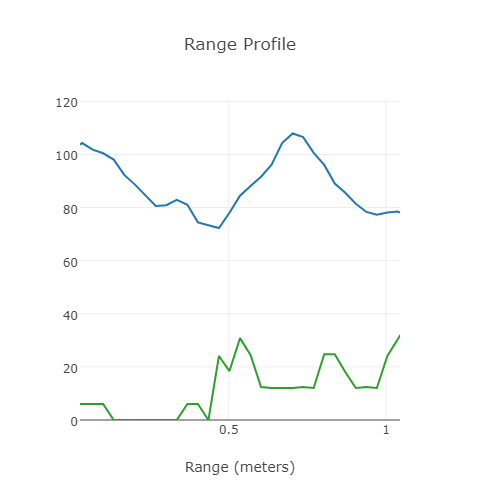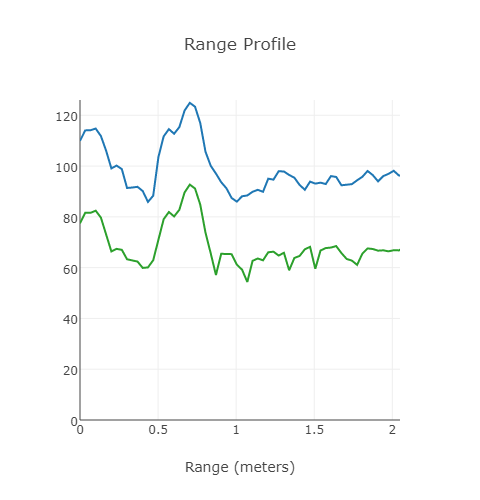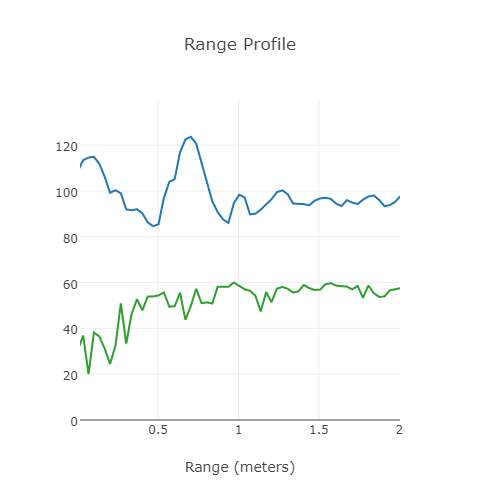Hi,
In my experiment with demo visualizer, the 2 tx antenna cfg file detected about 2 times more objects than the 3 tx antenna cfg file with the same profilecfg and framecfg setting, i.e. for both 2tx and 3tx configuration files, I changed the profilecfg line and the framecfg line so that they both are configured as follows:
profileCfg 0 77 7 6 57 0 0 70 1 100 2000 0 0 30
frameCfg 0 1 20 0 50 1 0
and the result is that with 2 tx antenna, the number of the detected object is about 100 while the result for the 3 tx antenna is 51. this confused me a little, shouldn't it be the other way around?
Also, the number of object detected increased with the number of loops or chirps per frame (i.e. the 3rd number in the frameCfg line). could anyone explain to me why is such relationship and is it better to have more object detected per frame? does it mean a better range resolution? However, the result for the range resolution number didn't change at all throughout my experiments with the demo visualizer.
thank you very much.
zhengguo sun





